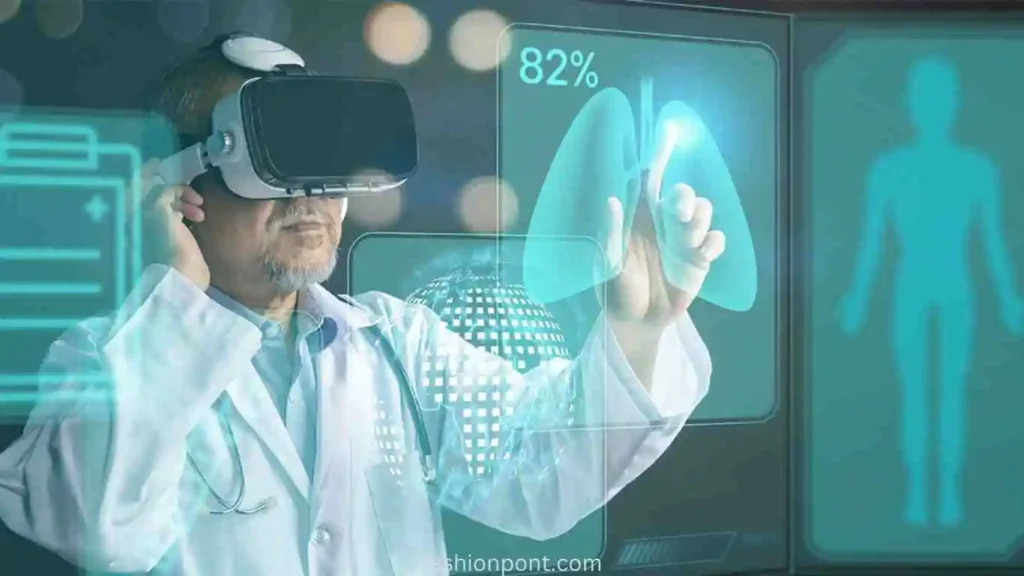Health Care Myths: Is It Really Improving Your Health?
Though occasionally it accomplishes the reverse, modern medicine enhances and extends many lives. Here is a blog to discuss health care myths.
Unquestionably, contemporary medicine provides ever-increasing means of treatment and prevention of disease. It is equally true, though, that health treatment can be harmful. According to one study, thousands of fatalities annually result from preventable injuries caused by roughly 6% of health care interactions. And not just mistakes bring problems. Even in cases where they do everything perfectly, highly qualified medical professionals can inflict damage.
How, therefore, may you lower your risk of injury? Good first steps include knowing what you can do to minimize the likelihood of injury and what is beyond your control. Here is a blog to discuss health care myths.

Whatever became of “first do no harm”?
Luckily, it is still a pillar of medical treatment. Still, our system of healthcare is fractured and complicated. New drugs are added to an always-expanding list every year, and individuals live longer with more chronic medical issues than in former times. Therefore, in one sense, the achievements of contemporary medical treatment could support the high frequency of health care-related injuries.
Usually, our complex system of health care causes these damages instead of one person’s mistake. Medical malpractice is harm resulting from either inadequate or careless treatment. Preventing injury to patients depends on both the health care system and practitioners. Here is a blog to discuss health care myths.

Are there harms that cannot be prevented?
Though occasionally it accomplishes the reverse, modern medicine enhances and prolongs many lives. Unquestionably, contemporary medicine provides ever-increasing means of treatment and prevention of disease. It is equally true, though, that health treatment can be harmful.
According to one study, thousands of fatalities annually result from preventable injuries caused by roughly 6% of health care interactions. And not just mistakes bring problems. Even in cases where they do everything perfectly, highly qualified medical professionals can inflict damage.
How, therefore, may you lower your risk of injury? Good first steps are knowing what you can do to reduce the likelihood of injury and what is beyond your control. Here is a blog to discuss health care myths.

Whatever became of “first do no harm”?
Luckily, it is still the cornerstone of medical treatment. Still, our system of healthcare is fractured and complicated. New drugs are added to an always-expanding list every year, and individuals live longer with more chronic medical issues than in former times. Therefore, in one sense, the achievements of contemporary medical treatment could support the high frequency of health care-related injuries.
Usually, our complex system of health care causes these damages instead of one person’s mistake. Medical malpractice is harm resulting from either inadequate or careless treatment. Preventing injury to patients depends on both the health care system and practitioners. Protect yourself from the harm that persistent inflammation can cause.
Science has demonstrated that persistent, low-grade inflammation can be a silent killer, causing cardiovasular disease, cancer, type 2 diabetes, and other disorders. From Harvard Medical School experts, get basic advice on how to combat inflammation and stay healthy.

Are there any unavoidable negative consequences?
Many years of scientific study have taught the best approaches for the diagnosis, treatment, and prevention of diseases. Still, patients respond to therapy in sometimes erratic ways.
One frequent and accepted antibiotic medication, for instance, penicillin, can induce anaphylaxis, a potentially fatal allergic reaction. Fortunately, this is rare, but there is always a small risk of a severe reaction, even if you or your doctor know to avoid it because of past side effects.
Often less dramatic, but also unavoidable, are:
- Medications have side effects.Every medication has possible side effects ranging from rash to nausea to tiredness.
- Miss diagnosis.Since nobody has perfect diagnostic abilities, even the most talented medical practitioner can be mistaken. Unneeded or delayed therapy can follow from this.
- erroneous test results.No test is perfect, much as no health care provider is. Common in medical practice are false-positive results—indicating an abnormality when none is there—and false-negative results—normal outcomes when disease is present. These findings may cause false reassurance or pointless treatment and health care myths

Which harm can be avoided?
One can drastically reduce preventable injury. Usually, they result from errors that can be found and fixed. Often, it takes a mix of events for damage to result.
Often used here is the “Swiss cheese model: picture yourself as a fly attempting to pass through many bits of Swiss cheese. (Know it’s a strange situation, but follow me here.) Flying across the cheese is impossible unless the holes line up exactly.
Often in health care, numerous elements must line up for an error to get through; for instance, giving a hospitalized patient a medication they are allergic to. The incorrect medication has to pass the prescribing physician, the computerized ordering system, the hospital pharmacist, the nurse delivering the medication, and the patient if this is to happen. Given the many layers, most typically, a mistake like this will be discovered.
How can one prevent avoidable damage?
Where do you belong? Here’s what you can do in these three situations to avoid avoidable damage. The issue is using medications you no longer need or more than are required.
If a medication is not creating any issues, keeping it may not seem like a huge deal. If you can safely stop taking it or cut the dosage, though, all medications can have negative effects you would want to avoid. Moreover, adding another medication to your list can cause negative interactions.
Make sure you understand the reason behind the need to take every medicine you use. Inquire of the doctors who write each prescription whether it is still necessary to take each medicine or if the dosage can be safely lowered. Reducing a dosage could lower the possibility of a negative interaction and adverse effects.

The issue is choosing the incorrect dosage or drug.
During your doctor’s visits, list medications or bring a friend or relative to assist in remembering prescription instructions. Inquire as to whether you might document the prescription directions your doctor provides. In case you lose the written form, snap a picture of the directions you are advised to follow. See your pharmacist to verify the specifics of your medication list. Ask questions if you doubt the medications advised to you.
Correct site surgery is the challenge here.
- Even with best attempts to make this a “never error,” surgery on the wrong side of the body still occurs.
- Make sure your surgeon and you both agree on which side of your body needs surgery and which section of it Nowadays, most surgeons mark the site with a special pen before an operation and ask you to verify the site by adding your initials. (The ink doesn’t come off readily with skin cleansers used before surgery).
- Some of these suggestions call for time or money not everyone has: you might not be able to bring another person to doctor visits or have a recording device. But asking questions and getting responses you grasp should be second nature.
Where on the spectrum does malpractice fit?
When the subject of health care-related harm arises, malpractice could be the first thing you consider. Still, the approximately 10,000 malpractice lawsuits paid yearly in the US most likely represent a small portion of the overall harm resulting from medical treatment.
This has numerous causes, including:
- Negligent or inadequate treatment does not necessarily result in a significant or long-lasting injury sufficient for a malpractice lawsuit.
- Many who could bring malpractice lawsuits choose not to, or might not even be aware they have received inappropriate treatment. According to past research, less than 5% of those suffering medical-related injuries bring malpractice lawsuits.
- Health care institutions and providers increasingly take ownership of the avoidable injuries they witness and provide compensation instead of waiting for a legal claim to be generated.

The bare minimum
The unfortunate reality is that some negative effects of medical treatment are unavoidable. Still, there are actions you may take to reduce the likelihood that the injured party is you and minimize avoidable harm.








3 Comments